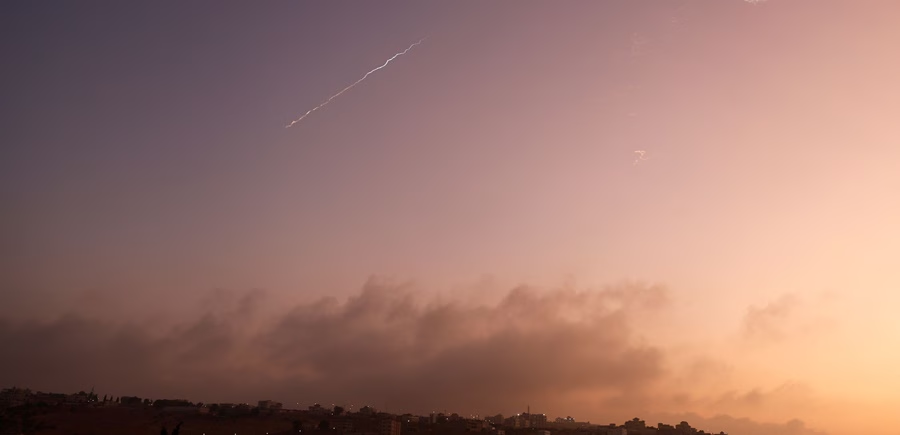When the United States launched precision airstrikes on Iran’s nuclear sites last weekend, Tehran was pushed into a corner. With its nuclear capabilit
When the United States launched precision airstrikes on Iran’s nuclear sites last weekend, Tehran was pushed into a corner. With its nuclear capabilities hit and regional influence challenged, Iran now confronts a stark reality: it can respond—but none of its options avoid serious consequences.
Strikes That Shook the Regime
On June 21, U.S. B‑2 stealth bombers and submarine‑launched Tomahawks targeted Iran’s nuclear facilities—Natanz, Fordow, and Isfahan—using bunker‑busting bombs and cruise missiles. The IAEA confirmed heavy damage to Natanz and Isfahan, but the impact on the deeply buried Fordow site remains uncertain.
A Tighter Noose on Iran
The strikes didn’t just damage infrastructure—they struck at the heart of Iran’s strategic deterrence. Experts note Iran’s nuclear and missile programs, along with its regional proxies, have long been pillars of its defense policy . Now destabilized, Iran must weigh unknown losses with internal pressure and international scrutiny.
Tehran’s Risky Response Options
Iran has four primary retaliation paths—each fraught with peril:
Ballistic and drone strikes on U.S. bases across the Middle East—though missile stocks and launch capabilities are significantly depleted.
Proxy militia attacks, such as Iraqi Kataib Hezbollah or Yemen’s Houthis, targeting U.S. interests and shipping lanes .
Naval actions in the Strait of Hormuz, including mining or missile strikes—yet closing the strait would hurt Iran’s own economy and invite massive retaliation.
Covert terrorism or assassinations through overseas networks, risking international isolation and countermeasures.
Political & Diplomatic Limits
Internally, Iranian leader Ayatollah Khamenei faces pressure to project strength—especially as regime critics temporarily unite under a “rally‑round‑the‑flag” sentiment. Diplomatically, Iran has cooled talks with Europe and called off nuclear diplomacy, instead escalating rhetoric at the U.N. .
Strategic Fallout
Any overt retaliation carries severe risks: direct U.S. or Israeli counter‑strikes, regional war escalation, crippling of oil exports, or economic isolation. Indeed, Iran’s parliament has even voted to consider closing the Strait of Hormuz—though action channels through its Security Council .
Some analysts argue Iran might prioritize deterrent diplomacy and focus retaliation on Israel or proxies, avoiding open U.S. confrontation.
What Now?
With diplomacy stalled and retaliation risks high, Iran likely will calibrate a measured response: limited missile or proxy strikes meant to maintain “face” without triggering all-out war . But even a scaled response could provoke fierce retaliation—drawing Tehran closer to the brink of sustained conflict.



COMMENTS